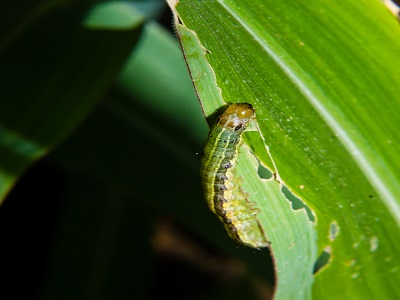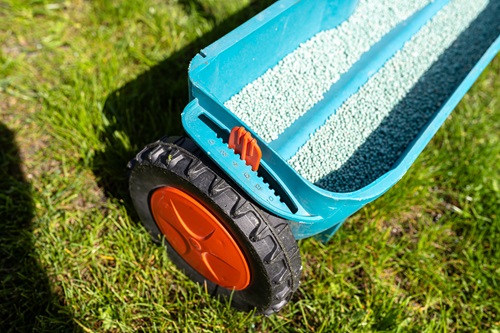
Armyworms can be rampant pests all throughout the southeast turf grass for many years, especially when it’s a very hot or dry year. They tend to become big problems, as the armyworms will migrate away from brown, dry grass and move toward the more irrigated turf grass. This article talks a little bit on how to manage them as part of your lawn care and will educate you a bit on their biology.
Lawn Care Tips For Dealing With Armyworms
The fall armyworm is continuous in Central America, the tropical portions of South America and in many parts of the West Indies. They may spend the winter hiding out in the mild climate of Florida or Texas and then migrate toward the eastern Rockies and even as far west as Arizona, and sometimes California.
The armyworm larvae can be black, brown or green and their head has the mark of an inverted “Y.” You can identify them with a vertical stripe down each side of the body, as well as a faint stripe down the midsection. Along the dorsal side of the abdomen, there are four black dots. You can also identify them by the reddish-brown pupae found in the soil that tend to be about a half inch long. The adult moths can be identified by dark gray front wings and white back wings.
The Bermuda grasses are among the most commonly damaged plants by the fall armyworm. This is found mostly in the southern states. But it also will feed on several other types of grasses and grains. The lush grasses are perfect grounds for infestation and are quite common in late summer to early fall.
The larvae love to eat all the plant parts that grow above ground and younger larvae will attack even the youngest and tender leaves, while the older larvae will eat all of it. These larvae will travel in groups to a new section of ground after they’ve devoured consumed sections. Once the armyworm feeding has passed, Bermuda grass will generally repair and generate itself. It’s the cooler season grasses that have lasting damage on your lawn.
At night, lights attract mature moths and many lighter-colored objects right above the turf such as metal gutters, goal posts, etc, are perfect places for them to lay their eggs. They hatch anywhere from 2-10 days and the larvae will pupate deep in the soil after about 2 weeks. You can also detect the presence of armyworms by watching the birds. If they are feeding on turf areas constantly, then chances are high that there are armyworms there. Soap flushes can be utilized in order to bring the larvae above the surface.
Myrtle Beach lawn care experts say that if you plan on treating the turf for armyworms, then be sure to cut it first. Treatments applied in the late part of the day and also a little irrigation can play a helpful role. Once armyworms have reached a large size, they are hard to control. Some lawn maintenance products to use include Pyrethroids, Sevin, Orthene and Mach 2. These will control some of the problem but don’t expect perfect results, especially when the worms have already been there in your landscape more than a week, feeding and growing. Once they have gotten over an inch long, treating may be a wasted effort.
The best way to control armyworms is to stay on top of the problem to begin with. Call Conner’s Lawn Care Service and let our team deal with your landscaping problems.
Like our Facebook page for more great info about lawn maintenance services.
Conner’s Lawn Care Service
Myrtle Beach, SC
843-504-4901
http://connerslawncare.com/

